Lemon Verbena
- March 28, 2024
- 0 comment
Lemon Verbena (Aloysia citrodora), a perennial favorite among garden plants, is prized for its delightfully fragrant leaves, which exude a strong lemony scent when bruised or crushed. Originating from South America, this plant has found its way into herb gardens worldwide, cherished for its intense aroma and culinary versatility. Boasting narrow, pointed leaves and delicate, pale purple blossoms, Lemon Verbena offers sensory pleasure and adds aesthetic appeal to garden spaces.

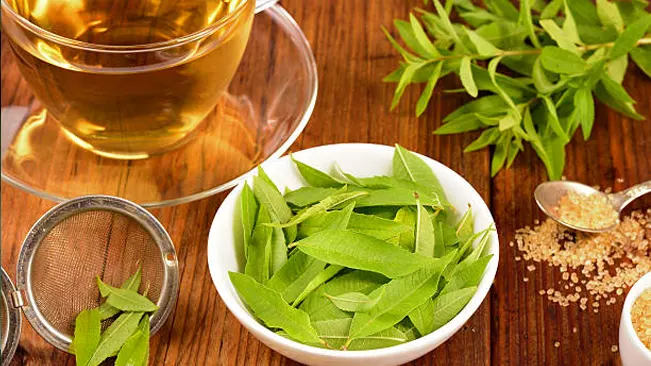
Lemon Verbena enchants not only with its ornamental elegance but also with its culinary excellence, infusing a vibrant lemon zest into an array of creations from soothing herbal teas to indulgent desserts and hearty savory feasts. Essential oils derived from its leaves are cherished in aromatherapy for their capacity to soothe and calm the senses. In herbal medicine, the plant is revered for its ability to enhance digestive health and promote restful sleep, showcasing its multifaceted advantages.
Characteristics of Lemon Verbena
| Characteristics | Description |
| Scientific Name | Aloysia citrodora |
| Common Names | Lemon Verbena, Lemon Beebrush |
| Family | Verbenaceae Family |
| Native Region | South America, specifically Argentina and Chile |
| Plant Type | A robust perennial shrub |
| Size | Typically grows to about 2-3 meters in height. |
| Leaves | Narrow, pointed leaves that are glossy, green, and have a prominent lemon scent when crushed. |
| Flowers | Small, pale purple to white blossoms that appear in clusters. |
| Propagation | Can be propagated by seed, cuttings, or root division. |
| Drought Tolerance | Moderately tolerant to drought once established. |
| Cultural Uses | Widely used in cooking and perfumery, as well as in traditional medicine. |
| Ecological Role | Attracts pollinators like bees and butterflies when flowering. |
| Notable Species | notable species within the Aloysia genus include Aloysia wrightii, known as Oreganillo, and Aloysia polystachya, often referred to as Beebrush or Whitebrush. |
| Hardiness Zones | Suitable for USDA Hardiness Zones 8 through 10 |
| Growth Rate | Moderate, especially when given ample water and nutrients. |
| Lifespan | an live several years with proper care and in the right climate conditions. |
Botanical Beauty of Lemon Verbena
Lemon Verbena stands out in gardens with its slender, pale green leaves that cascade gracefully from its stems, exuding a refreshing lemon scent. When in bloom, the plant produces tiny, delicate white flowers that add a subtle charm to its already elegant appearance. This plant’s gentle form and soothing color palette make it a favorite among gardeners for creating a serene and visually pleasing environment.
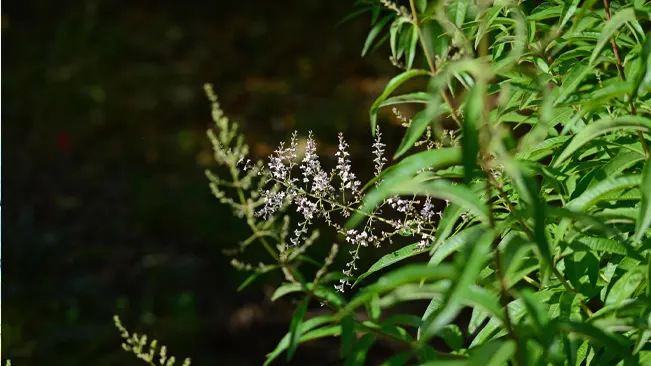

Woodland Elegance
Lemon Verbena adds a touch of refinement with its light, airy foliage that dances in the dappled sunlight. Its lemon-scented leaves bring an unexpected sensory delight to the typically earthy woodland palette.
Ecological Importance
Lemon Verbena plays a significant ecological role by attracting beneficial pollinators with its fragrant leaves and flowers, aiding in the pollination of surrounding plants. The herb’s presence in a garden increases biodiversity, supporting a healthy and balanced ecosystem.
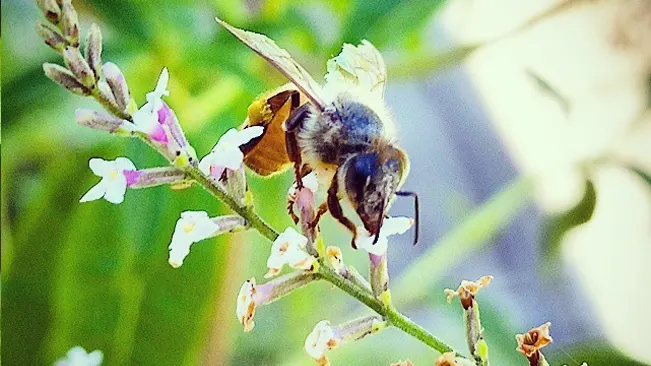
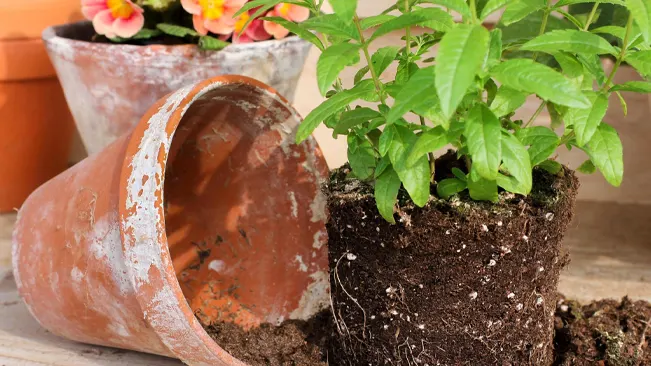
Cultivation and Conservation
Cultivating Lemon Verbena is relatively straightforward, as it thrives in well-drained soil and sunny conditions, making it an excellent choice for sustainable gardening practices. By growing Lemon Verbena, gardeners contribute to the conservation of this aromatic species, preserving its traditional culinary and medicinal uses for future generations.
Fragrance
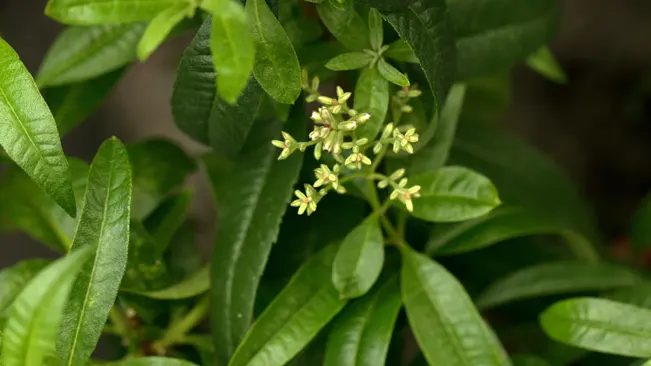
Lemon Verbena is widely renowned for its potent, fresh lemon scent, which is most pronounced in its leaves. The fragrance is a crisp, clean, and zesty aroma that intensifies when the leaves are crushed or bruised, releasing the essential oils. This delightful scent makes Lemon Verbena a favorite in gardens and homes, filling the air with a refreshing and uplifting lemony fragrance.
In culinary uses, the aromatic qualities of Lemon Verbena enhance the flavor profile of dishes. When added to recipes, it imparts a light, lemony scent that is both soothing and appetizing, making it ideal for use in teas, desserts, and light savory dishes. The aroma is not just confined to the kitchen; it extends to the dining experience, contributing to a pleasant and fragrant meal atmosphere.
The fragrance of Lemon Verbena also has a significant place in aromatherapy, where it is used for its calming and relaxing properties. The essential oil extracted from the leaves is popular in perfumery and for making scented candles, soaps, and other body care products. Its lemony fragrance is known to help reduce stress and anxiety, making it a cherished component in relaxation and wellness products.
Soil Stabilization
While Lemon Verbena is not primarily known for its role in soil stabilization, it does contribute modestly to soil health in cultivated environments. Its root system can help in binding the soil, particularly in garden settings where it is grown as a perennial. This can be beneficial in reducing soil erosion and maintaining soil structure in small-scale gardens.
The plant’s growth cycle also adds organic matter to the soil as it sheds leaves and stems. This natural debris decomposes and enriches the soil with nutrients, improving soil fertility over time. Moreover, as Lemon Verbena is often pruned and trimmed, the cuttings can be used as mulch or composted, further contributing to soil health.
In larger ecological systems, Lemon Verbena’s role in soil stabilization is minimal compared to plants with more extensive root systems. However, in a mixed planting or permaculture garden, it can play a supportive role in soil conservation. Its presence, alongside a diverse array of plants, can aid in creating a healthy soil ecosystem that benefits all the plants involved.
Common Uses
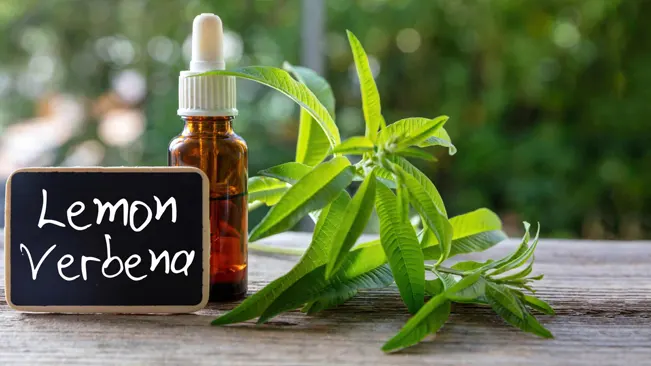
Lemon Verbena is highly valued in the culinary world for its intense lemon flavor, making it a popular herb for cooking and baking. It is frequently used to flavor teas, lemonades, desserts, and can be infused into syrups or jellies, offering a refreshing citrus note. The leaves can also be finely chopped and added to salads or used as a garnish for savory dishes, providing a burst of lemony freshness.
In addition to its culinary uses, Lemon Verbena is used in the production of essential oils for its strong lemon scent. This oil is widely used in perfumes, soaps, and cosmetics, providing a natural lemon fragrance that is both soothing and invigorating. The leaves themselves can be dried and used in potpourri, scented sachets, or as a natural air freshener in homes.
Medicinally, Lemon Verbena has been used in traditional herbal remedies for various ailments. It is believed to aid in digestion, relieve stress and anxiety, and has been used to help with insomnia. The herb is also brewed as a tea for its potential health benefits, including its anti-inflammatory properties and its ability to boost the immune system.
Benefits
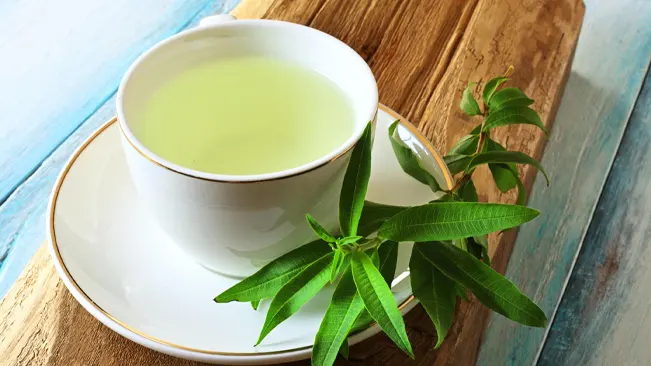
Lemon Verbena is known for its numerous health benefits, primarily due to its antioxidant properties. The herb contains high levels of phenolic compounds that help protect the body from oxidative stress and may reduce the risk of chronic diseases. Additionally, its anti-inflammatory properties make it beneficial for reducing inflammation in the body, which can be helpful for conditions like arthritis.
The soothing properties of Lemon Verbena’s fragrance are believed to have a calming effect on the mind and body. Aromatherapy using Lemon Verbena can help reduce stress, anxiety, and promote a sense of well-being. Drinking tea made from the leaves is also thought to aid in relaxation and improve sleep quality.
Lemon Verbena’s digestive benefits have been recognized in traditional medicine. The herb is known to aid in digestion, relieve stomach cramps, and reduce bloating. Its antispasmodic properties make it a popular herbal remedy for gastrointestinal discomfort. Additionally, Lemon Verbena has been used to support weight loss efforts due to its potential to boost metabolism.
Different Species
Aloysia wrightii
(Wright’s Beebrush)
Also known as Oreganillo or Wright’s Beebrush, this species is native to the southwestern United States and Mexico, featuring a different aroma and used for its medicinal properties.

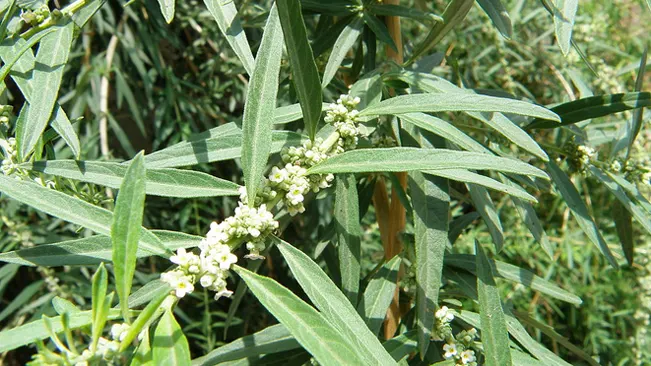
Aloysia polystachya
(Whitebrush)
Known as Beebrush or Whitebrush, this species is famous for its clusters of white flowers and strong, sweet fragrance, attracting bees and butterflies.
Aloysia virgata
(Incense Bush)
Known as Sweet Almond Verbena or Incense Bush, this species has a sweet, almond-like fragrance and is used for ornamental purposes.
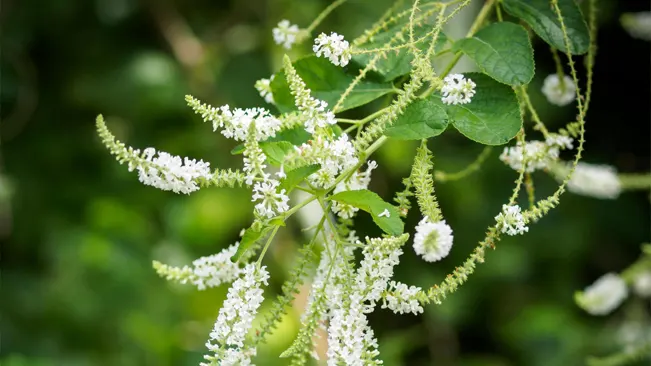
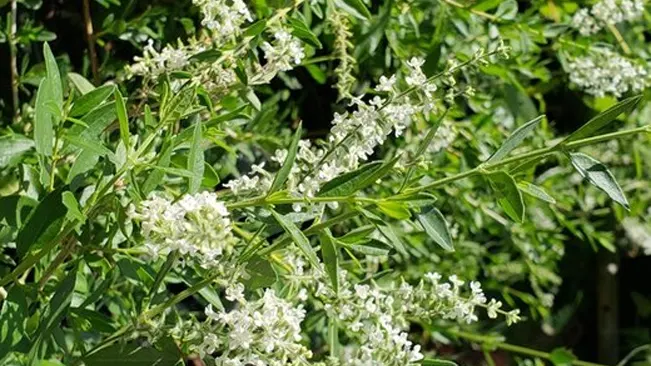
Aloysia lycioides
(White Brush)
Also known as Canyon Mock Orange or White Brush, this species is native to the southwestern United States and northern Mexico and is used for its fragrant flowers and traditional medicinal properties.
Frequently Asked Questions (FAQs)
- What does Lemon Verbena taste like?
It has a refreshing, lemony flavor with a subtle herbal undertone, making it ideal for teas, desserts, and savory dishes. - How do you store Lemon Verbena?
Its leaves should be stored in a refrigerator, wrapped in a damp paper towel and placed in an airtight container. - Can you eat Lemon Verbena leaves?
Yes, its leaves are edible; they can be used fresh or dried in various recipes for their lemony flavor. - Is Lemon Verbena good for your health?
It is rich in antioxidants, has anti-inflammatory properties, and can aid digestion, making it beneficial for overall health. - What dishes use Lemon Verbena?
It is versatile, used in teas, infused syrups, baked goods, and to flavor fish, poultry, and vegetable dishes. - Can Lemon Verbena be grown indoors?
Yes, it can be grown indoors in pots with sufficient sunlight and well-draining soil, making it a convenient indoor plant. - How does Lemon Verbena differ from other lemon-scented herbs?
It has a more intense and pure lemon scent compared to other lemon-scented herbs, with a sweeter, less grassy flavor. - Can Lemon Verbena leaves be used for tea?
Absolutely, Lemon Verbena leaves make a delicious herbal tea with a soothing lemon flavor and calming properties. - What are the benefits of Lemon Verbena tea?
Drinking Lemon Verbena tea can aid digestion, reduce inflammation, and help alleviate insomnia due to its calming effects. - How often should Lemon Verbena be watered? Lemon Verbena should be watered when the top inch of soil feels dry, avoiding overwatering to prevent root rot.



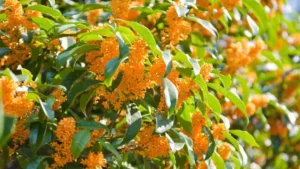
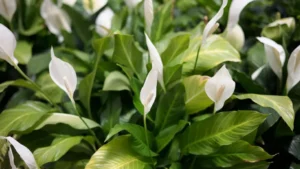
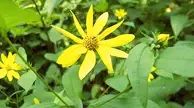

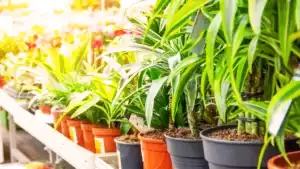
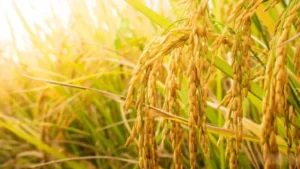
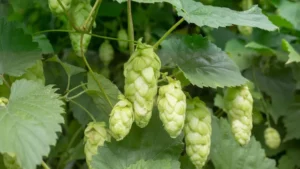
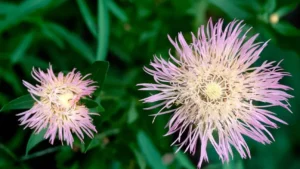
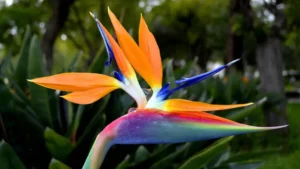
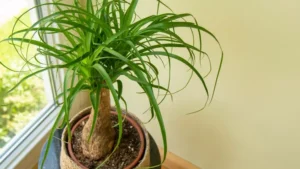

Leave your comment